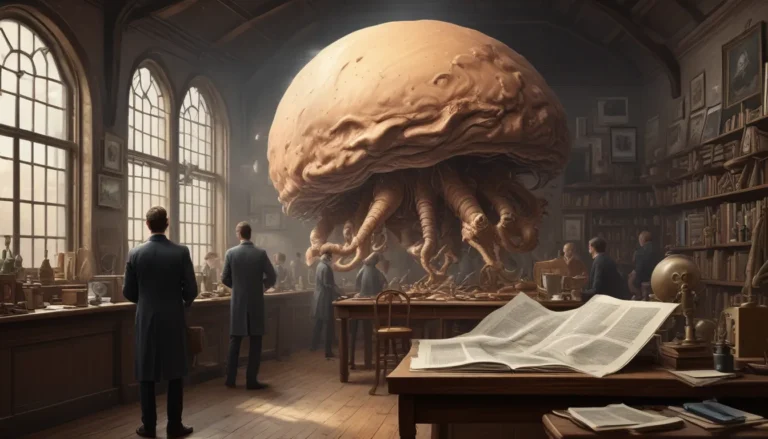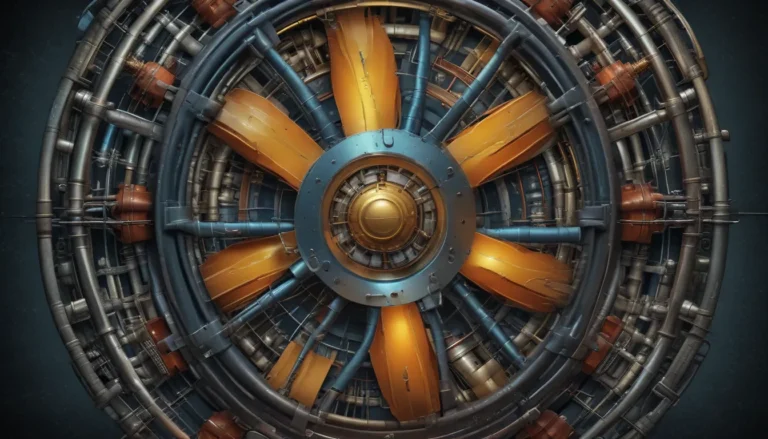A Note About Images: The images used in our articles are for illustration purposes only and may not exactly match the content. They are meant to engage readers, but the text should be relied upon for accurate information.
Welcome to the captivating realm of Charles’s Law, a fundamental principle in chemistry that unveils the intriguing relationship between the temperature and volume of gases. Named after the esteemed French scientist Jacques Charles, this law serves as a cornerstone in our understanding of gas behavior and its applications in various industries.
Deciphering Charles’s Law and Its Implications
Charles’s Law asserts that, under constant pressure, the volume of a gas is directly proportional to its temperature. In simpler terms, when the temperature of a gas rises, so does its volume, and vice versa. This fundamental relationship is mathematically represented by the equation V = k * T, where V symbolizes the gas volume, T represents the absolute temperature, and k is a constant value that maintains the proportional connection.
Engaging Experiments with Balloons and Beyond
A captivating demonstration of Charles’s Law involves observing a balloon’s behavior when subjected to varying temperatures. Placing a balloon in a freezer showcases the phenomenon of volume reduction as the gas inside cools down, causing the balloon to shrink. Conversely, exposure to heat prompts the gas to expand, leading to the balloon’s inflation.
Unveiling the Interconnection between Volume and Pressure
Charles’s Law intertwines with Boyle’s Law, another significant gas law stating that volume and pressure share an inverse relationship under constant temperature conditions. By uniting these laws, the ideal gas law emerges, offering a comprehensive understanding of gas behavior and its application in diverse scientific fields.
Illuminating Applications: From Hot Air Balloons to SCUBA Diving
The profound impact of Charles’s Law extends beyond theoretical concepts, finding practical applications in real-world scenarios. Hot air balloons harness this law to ascend and descend gracefully by manipulating the volume of gas inside as the air temperature changes. Similarly, SCUBA divers experience variations in gas volume due to pressure fluctuations at increased depths, a phenomenon elucidated by Charles’s Law.
Embracing the Kelvin Scale: A Fundamental Metric in Gas Dynamics
The Kelvin scale emerges as a pivotal tool in expressing Charles’s Law, serving as the absolute temperature scale that commences from a state of minimal molecular activity known as absolute zero. By employing this scale, scientists achieve a precise description of the temperature-volume relationship in gases, enhancing their comprehension of gas dynamics.
Contributing to Atmospheric Studies with Weather Balloons
Meteorologists leverage Charles’s Law in atmospheric studies through the deployment of weather balloons. These balloons ascend and descend through distinct atmospheric layers, allowing researchers to monitor temperature shifts based on the expansion and contraction of gases inside. This data aids in forecasting weather patterns with enhanced accuracy.
Unraveling the Fascination of Charles’s Law in Research
The profound implications of Charles’s Law resonate across various research disciplines, including chemical engineering, atmospheric science, and materials science. Serving as a cornerstone in predicting and understanding gas behavior, this law continues to spur advancements in scientific inquiry and technological innovation.
Partaking in the Pursuit of Knowledge: Discoveries and Real-World Impact
Charles’s Law has played a pivotal role in unveiling significant scientific milestones, including the discovery of absolute zero—the theoretical coldest temperature achievable. By extrapolating the temperature-volume relationship, scientists identified a critical point where gases exhibit no volume, marking a breakthrough in thermodynamics.
Nurturing the Inquisitive Spirit: FAQs on Charles’s Law
-
What is Charles’s Law?
Charles’s Law delineates the direct relationship between gas volume and temperature under constant pressure conditions. -
Who is Jacques Charles?
Jacques Charles, a renowned French scientist, formulated Charles’s Law in the late 18th century, contributing to advancements in aeronautics and gas dynamics. -
What are the applications of Charles’s Law?
From weather forecasting to pressurized systems, Charles’s Law finds utility in a myriad of industries requiring a profound understanding of gas dynamics. -
Can Charles’s Law be applied to all gases?
Charles’s Law primarily applies to ideal gases adhering to specific assumptions, shaping its applicability across scientific domains. -
How does Charles’s Law elucidate gas behavior?
The law unravels the intricate relationship between gas volume and temperature, shedding light on the direct correlation between these two parameters. -
What pivotal experiments contributed to the formulation of Charles’s Law?
Experiments exploring gas expansion and contraction, conducted by Jacques Charles and fellow scientists, laid the groundwork for the formulation of this fundamental principle.
As we bask in the allure of Charles’s Law and its profound impact on scientific inquiry, let us embrace the spirit of discovery and exploration in unraveling the mysteries of the physical world around us. Trust in the enduring legacy of scientific inquiry as we delve into the mesmerizing realm of gas dynamics and the transformative power of fundamental principles like Charles’s Law.






